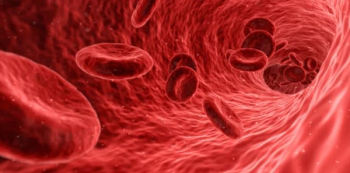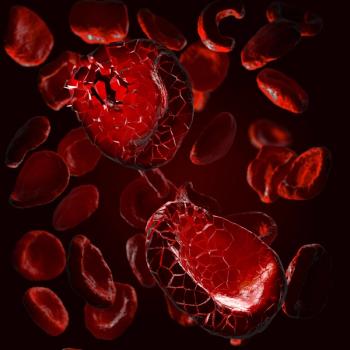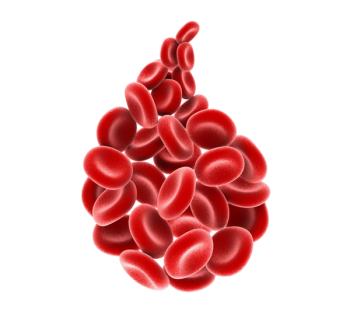
Tarlatamab Shows Promising Real-World Activity in Extensive-Stage SCLC
Treatment with tarlatamab demonstrated intracranial responses in a real-world cohort of patients with extensive-stage small cell lung cancer.
Tarlatamab-dlle (Imdelltra) produced promising activity in a real-world population of patients with extensive-stage small cell lung cancer (ES-SCLC), according to findings from a poster presentation at the
Among 20 patients who were evaluable for systemic responses, a partial response (PR) occurred in 13 (65%). Data also showed stable disease in 1 (5%) and progressive disease in 6 (30%).
Of 14 patients who were evaluable for intracranial responses, 2 (14%) experienced a complete response (CR) whereas 1 (7%) had a PR. Stable disease and progressive disease occurred in 12 (86%) and 2 (14%) patients, respectively. Of note, all 4 patients without brain metastases prior to receiving tarlatamab continued to have no presence of intracranial disease.
“Data from this real-world cohort of patients treated with tarlatamab demonstrate promising efficacy, including intracranial response. The toxicity profile reveals similar cytokine release syndrome [CRS] but higher immune effector cell–associated neurotoxicity syndrome [ICANS] rates compared with those reported in the clinical trials,” lead study author Mitchell Parma, MD, from the Division of Cancer Medicine at The University of Texas MD Anderson Cancer Center, wrote with coauthors.1 “Ongoing studies are needed to predict efficacy and to predict which patients are at higher risk for tarlatamab-induced toxicity.”
The
Investigators of this study assessed the real-world efficacy and safety of standard-of-care tarlatamab administered to a cohort of patients at MD Anderson Cancer Center. Recommended management strategies from the MDA CARTOX program were employed to mitigate CRS and ICANS. The severity of CRS was assessed as grades 1 to 4, with varying methods for prophylaxis with steroids and tocilizumab (Actemra). Additionally, investigators used immune effector cell encephalopathy scores to evaluate ICANS; a score of 10 indicated no impairment, 7 to 9 indicated grade 1 ICANS, 3 to 6 indicated grade 2 ICANS, and 0 to 2 reflected grade 3 ICANS.
The efficacy evaluation included an assessment of intracranial and extracranial responses. Investigating intracranial activity involved the use of Response Assessment in Neuro-Oncology Brain Metastases criteria.
After a query of the MD Anderson Cancer Center institutional review board–approved GEMINI database for patients who received tarlatamab from July 1, 2024, to February 15, 2025, investigators identified 39 patients who underwent treatment. The final cohort included 27 patients who were evaluable for efficacy and safety analyses.
The median age was 68 years (range, 42-83), and most patients were women (56%) and White (74%). Additionally, most of the population had former smoking status (63%), an ECOG performance status of 1 (78%), and initial staging of ES-SCLC (67%). Patients received a median of 2 (range, 1-4) lines of treatment before receiving tarlatamab, and most patients received frontline platinum-containing chemotherapy for less than 90 days (44%).
Any-grade CRS occurred in 37% of patients who underwent hospitalization for cycle 1, day 1 of tarlatamab at 1 mg intravenously (n = 27) and 40% of those who underwent hospitalization on cycle 1, day 8 of tarlatamab at 10 mg intravenously (n = 25). In each respective group, 30% and 16% had ICANS and 15% and 4% had toxicity leading to intensive care unit admission for a median of 2 and 6 days.
References
- Parma M, Wang K, Taslic CA, et al. Real-world efficacy and safety of tarlatamab in patients with relapsed extensive-stage small cell lung cancer. J Clin Oncol. 2025;43(suppl 16):8088. doi:10.1200/JCO.2025.43.16_suppl.8088
- FDA grants accelerated approval to tarlatamab-dlle for extensive stage small cell lung cancer. FDA. May 16, 2024. Accessed July 9, 2025. https://tinyurl.com/48k34rw5
Newsletter
Stay up to date on recent advances in the multidisciplinary approach to cancer.

















































































